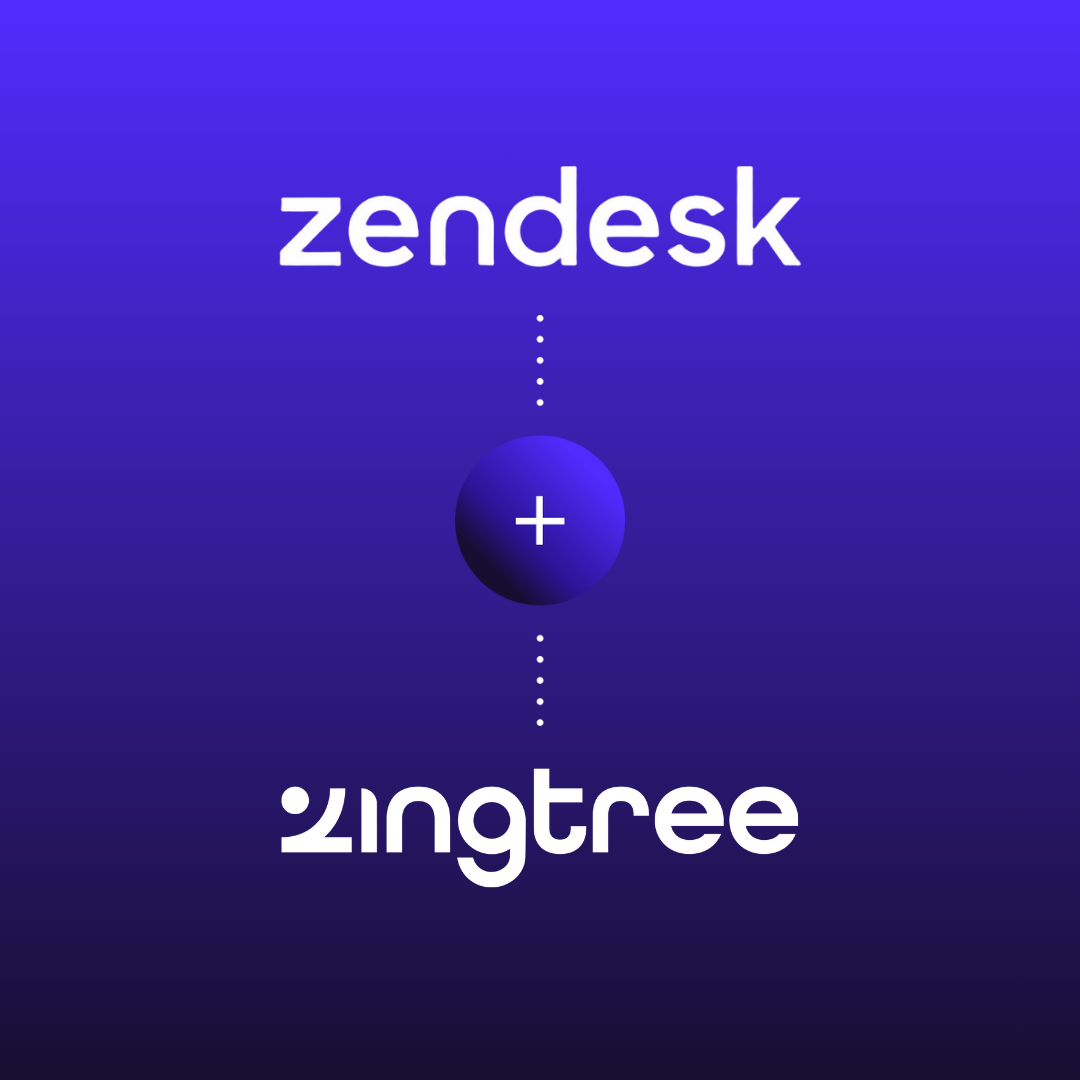Health Risk Assessment & Medical Diagnosis Software
Discover how online health risk assessment and medical diagnosis software can reduce costs, increase efficiency, and elevate standards of care.

The assertion that “data is the new oil” was extraordinary to many back in 2017. Today, the use of data to increase efficiency and drive business has infiltrated almost every industry, and healthcare is no exception.
In the health and medical space, data is an organization’s best asset in the race to lower costs and increase care quality. In essence, the more we know about a patient, a community, or even a country, the better care we can provide.
Software is helping us harvest and process this data in a way that’s both affordable and scalable. We can see this happening in multiple use cases − including health risk assessments (or HRAs) and medical diagnosis. Health risk assessments can help authorities identify at-risk groups, insurers be more informed about their policyholders, employers maintain good health in their workforce, and individuals better understand their health. One can also leverage the same software as an automated medical diagnosis tool, saving time and money for healthcare providers by providing efficient virtual triage and identifying trends as they develop.
Both use cases can reduce costs and improve efficiencies. Plus, since the required software is widely accessible and inexpensive, there’s every reason to process patient data via these effective and beneficial means.
What is a health risk assessment?
A health risk assessment, also referred to as a health appraisal, is a tool that helps individuals identify, understand, and monitor health risks based on information such as height, weight, medical history, and lifestyle. Similar to a questionnaire, it can be programmed to offer instant, dedicated advice to help reduce health risk based on the information provided. When used effectively, it can help individuals prevent health problems before they arise.
Questions tend to cover elements such as the individual’s:
- Age, sex, and ethnicity
- Lifestyle choices, such as exercise regime, diet, alcohol consumption, or smoking habit
- Mental health, for example their mood and stress levels
- Physical health, covering their height, weight, blood pressure, and more
- Current or previous health conditions
- Family medical history, if relevant
- Consultation record, such as when they last visited a doctor for a routine checkup
An immediate response can then be given to the individual with recommendations such as to increase their amount of exercise, or arrange a visit to the doctor. This helps individuals monitor their own health, and receive appropriate warnings if they are at risk.
Where can a health risk assessment be useful?
While an individual health risk assessment response is a drop in the ocean when it comes to reducing costs and informing strategic, risk management decisions, they can provide invaluable intelligence when done at scale.. This knowledge can be used to transform preventative care efforts by revealing more information about the bigger picture.
Not only does the data provided deliver personalized information to individuals, it can be used by employers, insurers, or local and national authorities to understand the general health of a workforce, group of policyholders, or population, respectively. Armed with such information, organizations can plan effectively, dedicate resources to the right place and put measures in place to reduce risks. Identifying at-risk groups or individuals at an early stage can result in significant cost savings and save lives. According to the Department of Health & Human Services, clinical preventive services for cardiovascular disease alone could save tens of thousands of lives every year.
In the insurance space, it can also result in increased customer satisfaction. Providers can use this detailed information to suggest that the policyholder transitions to a policy with more appropriate coverage, for instance.
While health risk assessments are not a new concept, their undertaking has been revolutionized by digital tools. Performing such an assessment online can eliminate the need for paper questionnaires with manual data entry, time-consuming phone questionnaires, or in-person meetings.
How can a similar technology be used to support medical diagnosis?
In addition to helping patients before they get sick, questionnaires can also help resolve issues if and when someone starts feeling ill. This can take one of two forms: as an at-home, self-diagnosis tool or as a triage tool in a clinical environment.
Medical self-diagnosis tools, or symptom checkers, ask the patient a series of simple questions, one by one, to generate possible diagnoses or recommendations. While they are not a replacement for in-person medical attention, they can be useful in eliminating unnecessary doctor visits (both costly and time-consuming for all involved), and putting patients’ minds at ease. They reduce the need for triage phone lines, and are instant, interactive, and scalable. Plus, they can guide the patient towards the right facility for their exact needs, whether that’s emergency care, further medical advice in a specialized center, or simply to self-medicate and monitor the situation from home.
In a clinical environment, meanwhile, the patient can enter their symptoms into a step-by-step, online health questionnaire while waiting to see a healthcare professional. This improves efficiency by performing the first stages of triage on their own. As such, the nurse or doctor is already informed about the patient’s case, before they even enter the consultation room. Additionally, they can be used to reduce diagnostic error, and help manage clinical uncertainty.
Choosing an appropriate software
When looking for the right medical diagnosis or health risk assessment software, you should look for a solution that is interactive, easy to use, and reliable at scale. That’s why we built Zingtree.
Zingtree is a plug-and-play interactive decision tree solution that helps you build and deploy effective health risk assessments and medical diagnosis tools in minutes. Available online, on any device, Zingtree is used by doctors and facilities around the world to evaluate risk in real time, guide patients, and improve the standard of care.
With no coding required, an insurer, employer, or medical authority can launch, update and maintain their assessments without the need for technical expertise. Zingtree’s detailed analytics and reporting also means you can get actionable insights from your assessments or diagnosis tools, helping you to better plan your facility or mitigate risks.
Interested in learning more about implementing a Zingtree health risk assessment or medical diagnosis tool? Reach out to our team today and we’ll be happy to discuss your unique requirements.


.svg)
.svg)
.svg)



